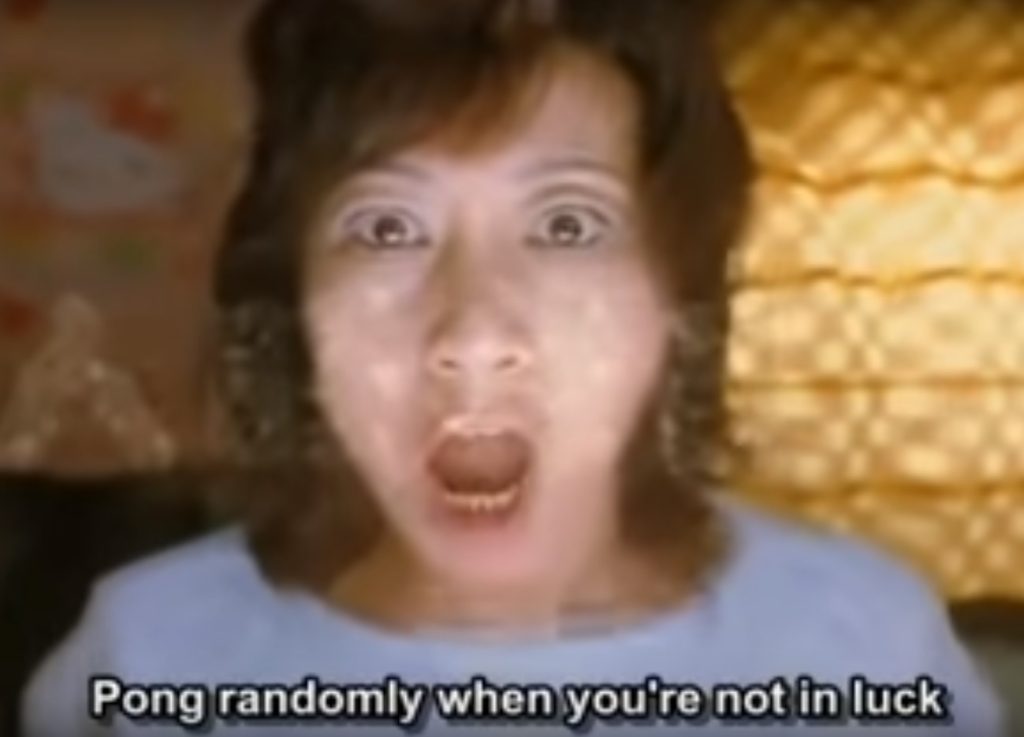Riichi vs. Hong Kong!
Oh man. Where does one start with Hong Kong style mahjong? There are numerous variations (many of them bearing the same name) so when one person says “mahjong” to another it is not always clear if they are thinking the same thing. Instead of trying to analyze differences between riichi and an arbitrary flavor of traditional Chinese tile-slinging, let me instead relate my experience with players coming from or moving to Hong Kong mahjong.
It wasn’t too long ago that we needed a fourth to fill out a riichi table at a weekly meetup. We have a handful of players that are familiar with various styles of play and one of them, although Hong Kong is her usual mode, came to join us. She is by no means a slouch in any form of play that I have witnessed (keep that in mind as I continue) but the difference in play-style was obvious pretty quickly.
First off, it became clear that closed hands aren’t generally valued or rewarded much. Some styles of traditional mahjong might place offer greater value to closed hands overall, but there seems little benefit to doing so in most cases beyond the hands that specifically require it. A riichi pinfu hand must be concealed whereas as similar “common hand” in mahjong doesn’t always carry this requirement and there is no change in value for opening the hand.
Our guest player had no reservations and opened her hand to call a pon or kan at a much higher frequency that I think most riichi players are comfortable with. And at first this worked out in her favor winning a couple high scoring hands augmented by fortune and kan-dora. The method broke down though once the other players observed the same thing I was also seeing and it became harder for her to score.
Next, pons (or pungs) are valued more. Due to the added value that comes from kan-dora any time that call is made, riichi players tend to at least check themselves when the opportunity arises, and I’ve been in discussions where a position against the kan is ardently expressed due to the higher percentage of adding value to an opponent’s hand versus increasing your own. No such consideration exists in Hong Kong as there is no dora, so the only drawback is the sliver of a chance of getting your kong robbed.

Chiis are also less valued. I did a quick inventory of WRC and Hong Kong hands, classifying them by hands that value chiis, those that exclude chiis, and hands that doesn’t specifically require them. Where riichi values some kind of sequenced tile set in roughly 24% of hands Hong Kong only places value on about 10%. They can’t be completely ignored as they help finish the Hong Kong hand, but rarely are they rewarded.
I’m going to change course just a little bit here and relate one final thing. Hong Kong mahjong might actually make you a better riichi player. As I said, a few of our players are multidisciplinary in mahjong. One such player started in riichi, but gave Hong Kong a shot when there weren’t enough riichi players at a meetup to make a table.
He spent some time over the next few weeks at it over the next few weeks, and after coming back to the riichi table realized that his tile efficiency had improved greatly. The theory is that due to the faster culture of open calling one is forced to choose efficiency over higher hand value most of the time, especially when an open hand is rarely a disadvantage. If you want to keep up, you must call.
So don’t say no out of hand to an unfamiliar mahjong ruleset — you may find riichi improvements in unlikely places.
